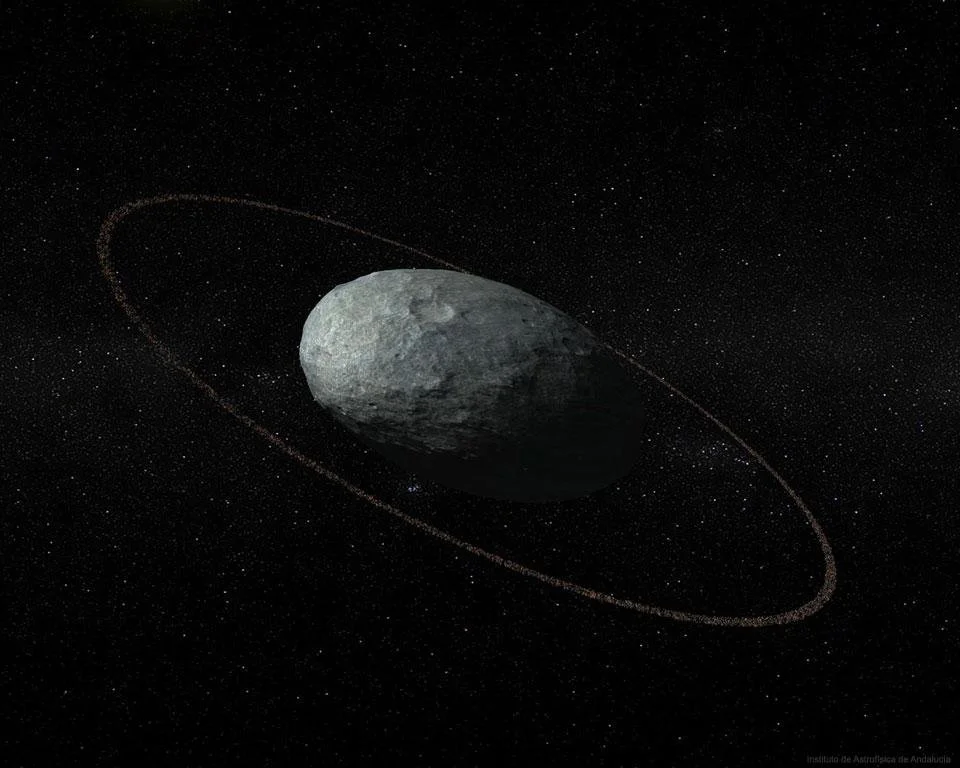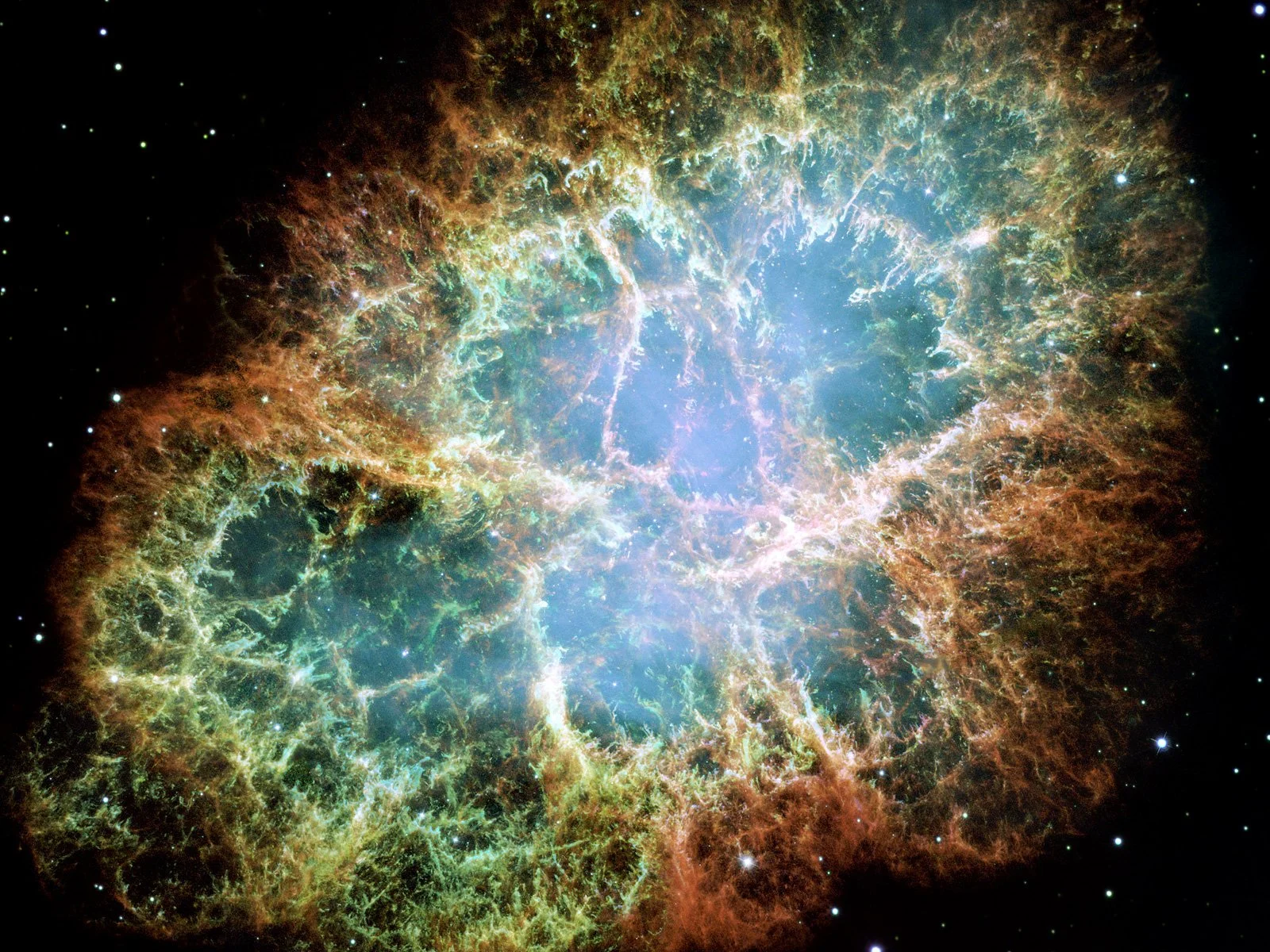Intro to Planets
A small chunk of rock, forged from the dust of a nearby star, floats through space. This chunk of rock soon gathers more dust, growing in size with each particle collected. Over millions of years, it sizes from a tiny speck to a massive interplanetary body. This is called a planet, and for most, the only planet we care about is Earth. Planets can come in a variety of sizes, shapes, weight, and even material. Planets like Saturn for example are made completely of gas, with the addition of rings that have a width that’s multiple times larger than Earth. However, the question is: Before the chunk of rock, where did this all begin?
It all began with a star. Stars, like planets, have their own variations; depending on what star is which variation can decide everything that comes after it. A star will begin to release the gas from its outer-layers towards the end of its lifespan, emitting in an often symmetrical pattern, forming giant celestial structures called nebulae. In this case it’s a planetary nebula, rich in different elements, a perfect place for the formation of planets.
Star Types:
Star types can vary based on their path through the stellar life cycle.
Nebulae:
Nebulae can have many different sizes, shapes, and even colors.
Gaseous planets on the other hand are dominated by gasses. No gaseous planet has a ‘true surface’ , a term stating that you would theoretically be able to interact with the surface as if it were a solid. Gaseous planets have a solid metallic core beneath the thick layers of gas above. In this sense, it could be argued that gaseous planets do have true surfaces, but that’s for another time. Gaseous planets are usually much larger than terrestrial planets due to the fact that it’s much easier for gas to expand than solid rock. Although they have a nature of being much larger in size, exceptions can be made to those with a lower mass.
Aside from the composition of a planet, the size can also affect them greatly. The smaller the celestial body is, often the less gravity it has; which can lead to deformation as a super small planet can struggle to keep its spherical form. Smaller planets also tend to have weaker atmospheres and thus hold in less gas.
Such celestial bodies are called dwarf-planets. The formation of planets is a quite simple idea, but their life can be much more complicated. A planet's life-span is indefinite and throughout this infinite lifetime, a planet can undergo many changes with their surface, temperature, and atmosphere. Although they may last forever, their golden period ends when their sun dies: leaving the planet without heat or a home. Besides the gaseous structure of Jupiter, and the bright rings of Saturn, planets are a major part of the construction of space. They are the creation of life and sustain it too. So it’s best to learn more about them.



